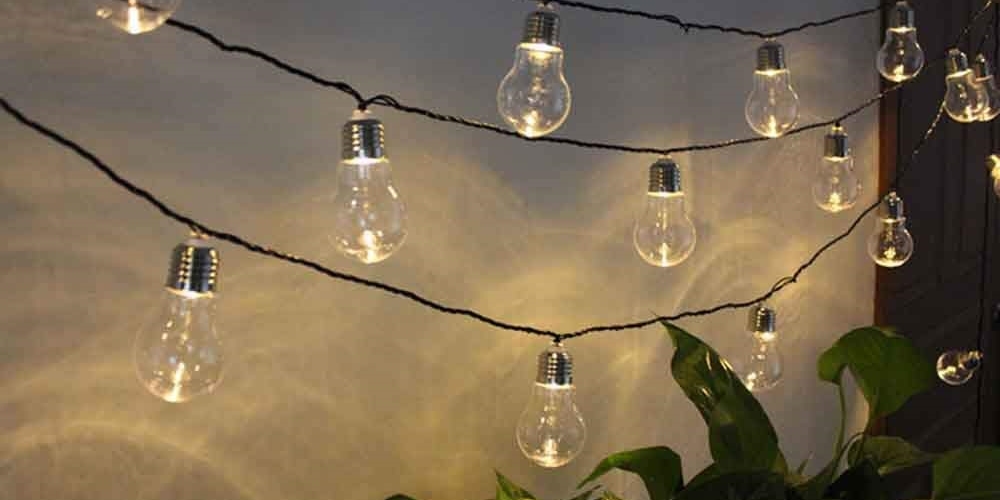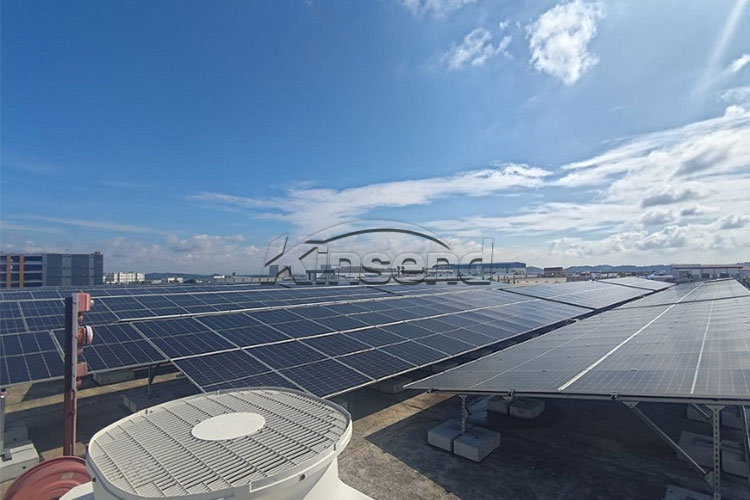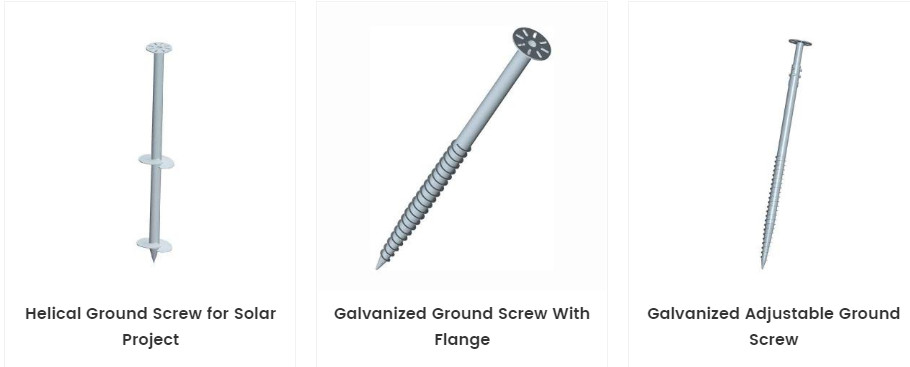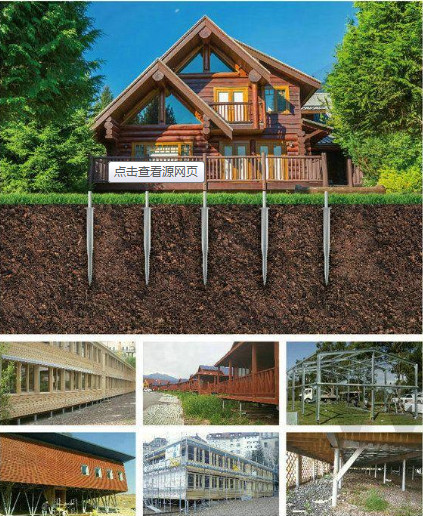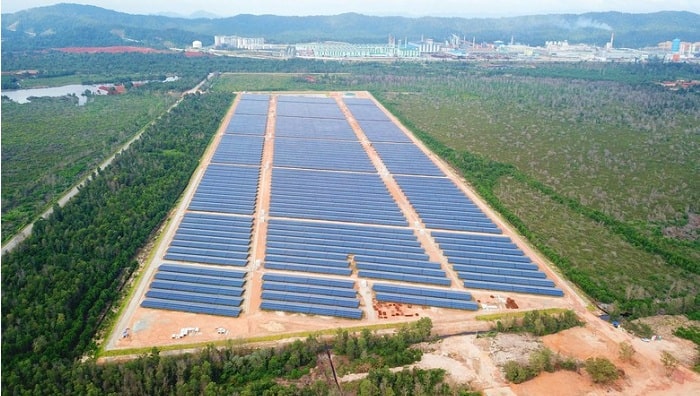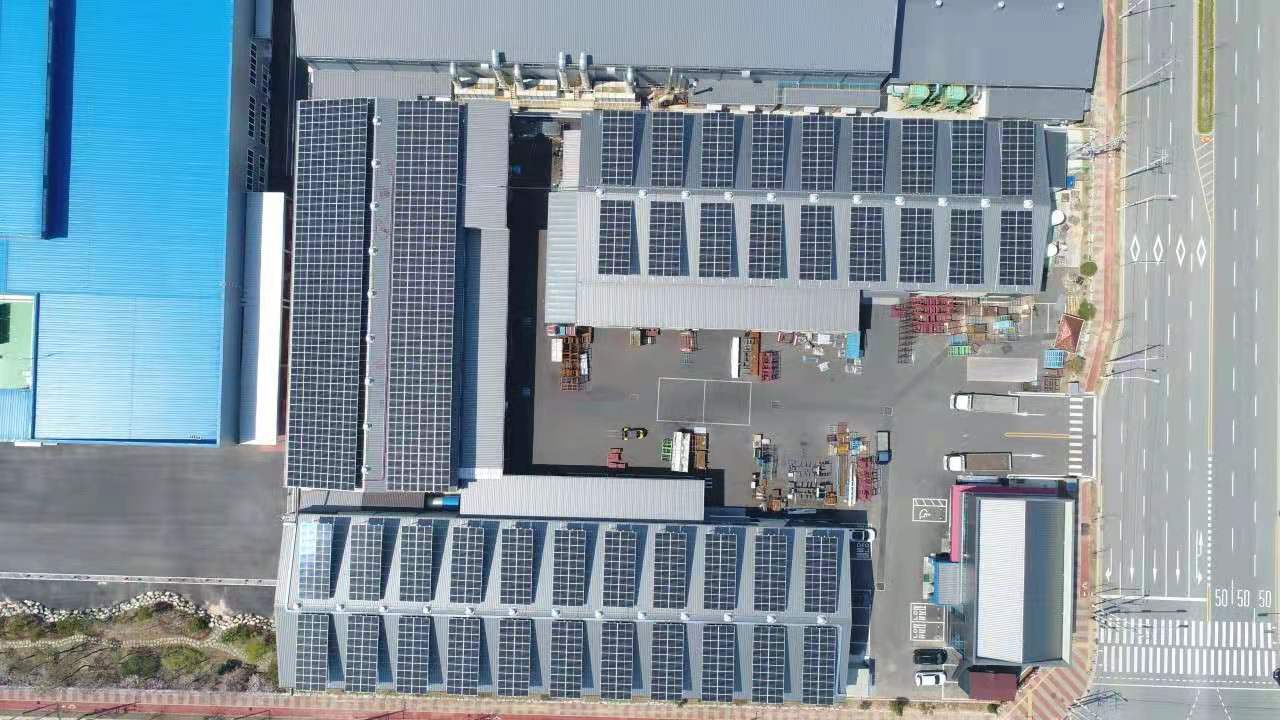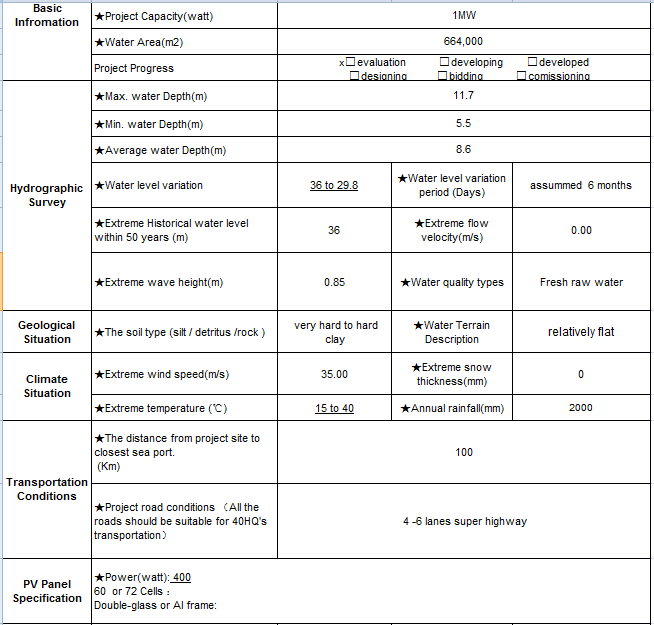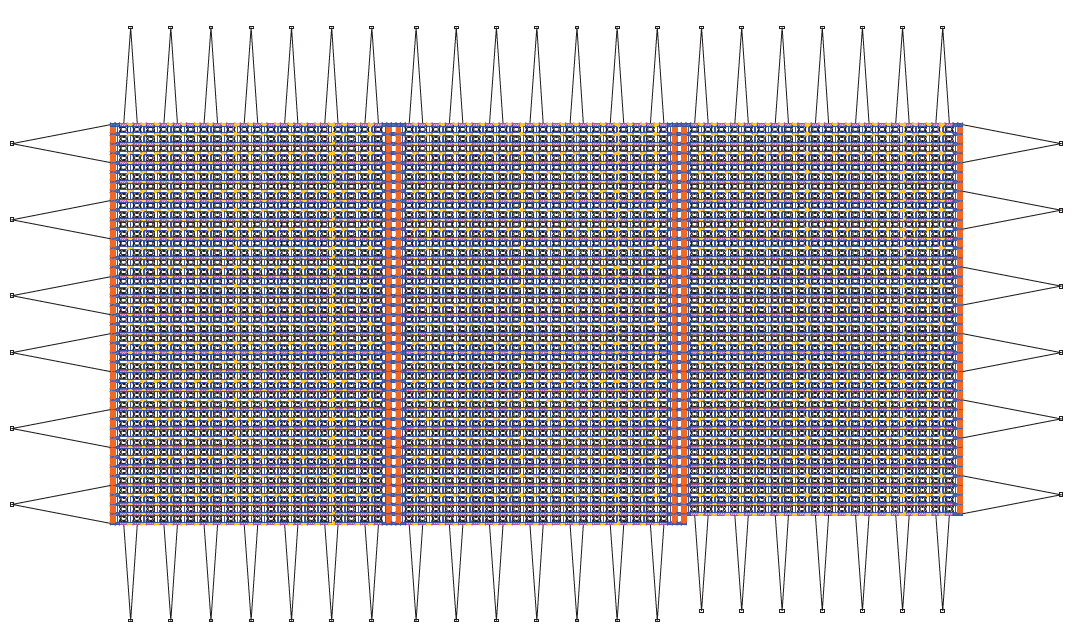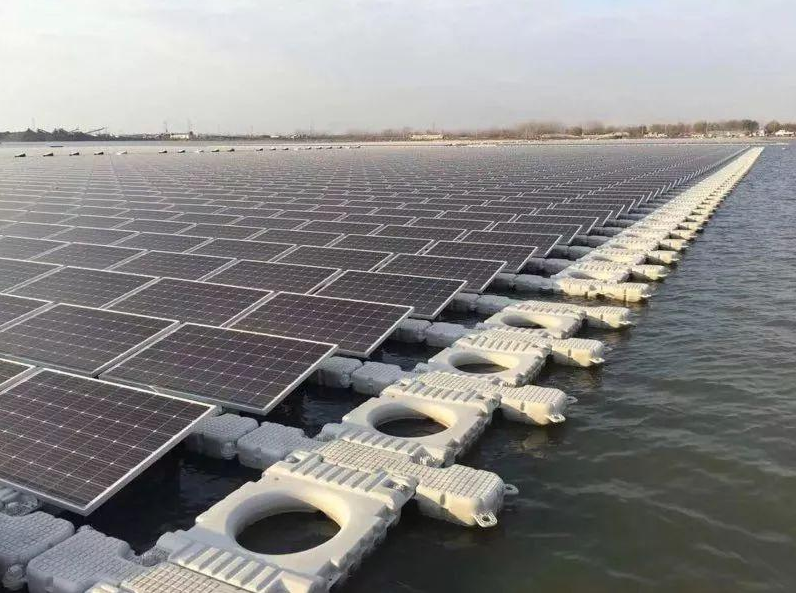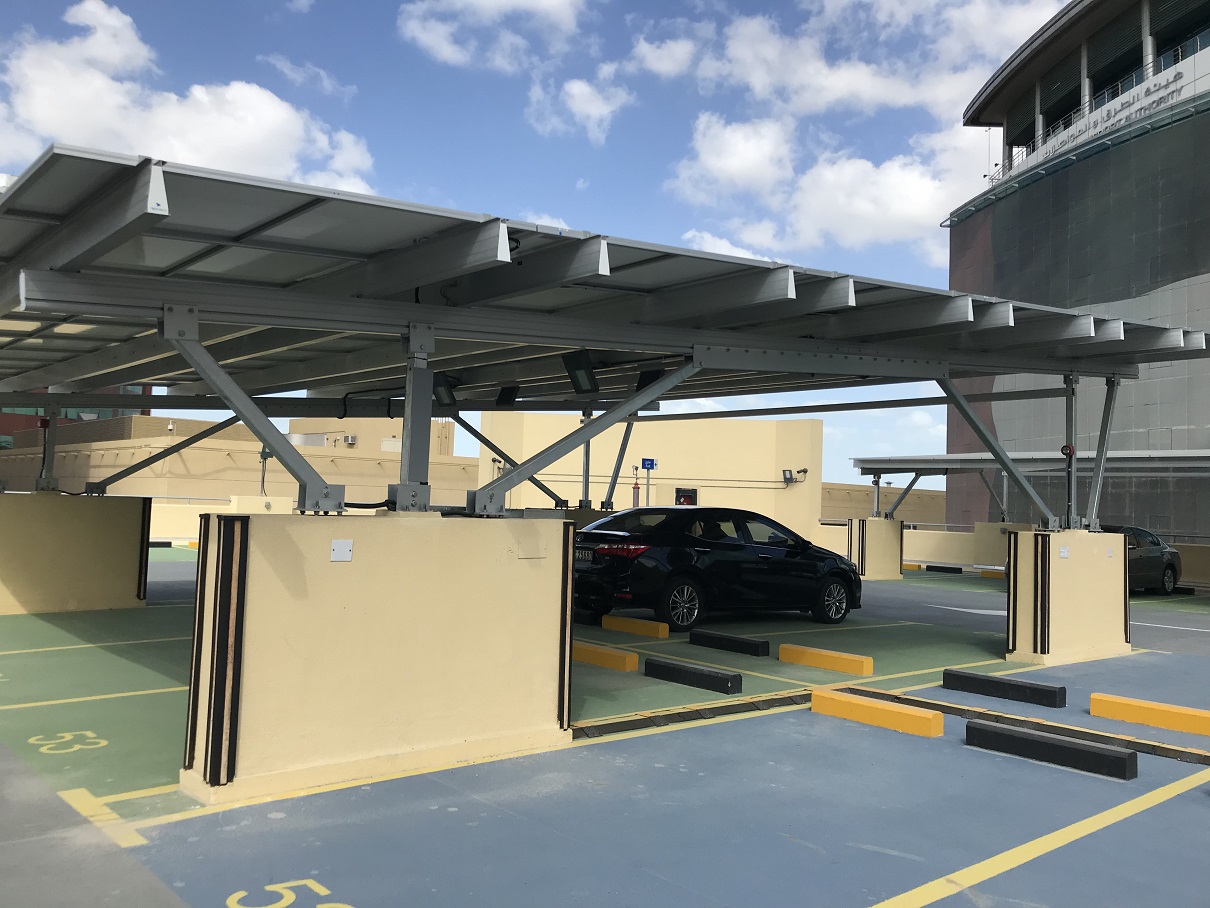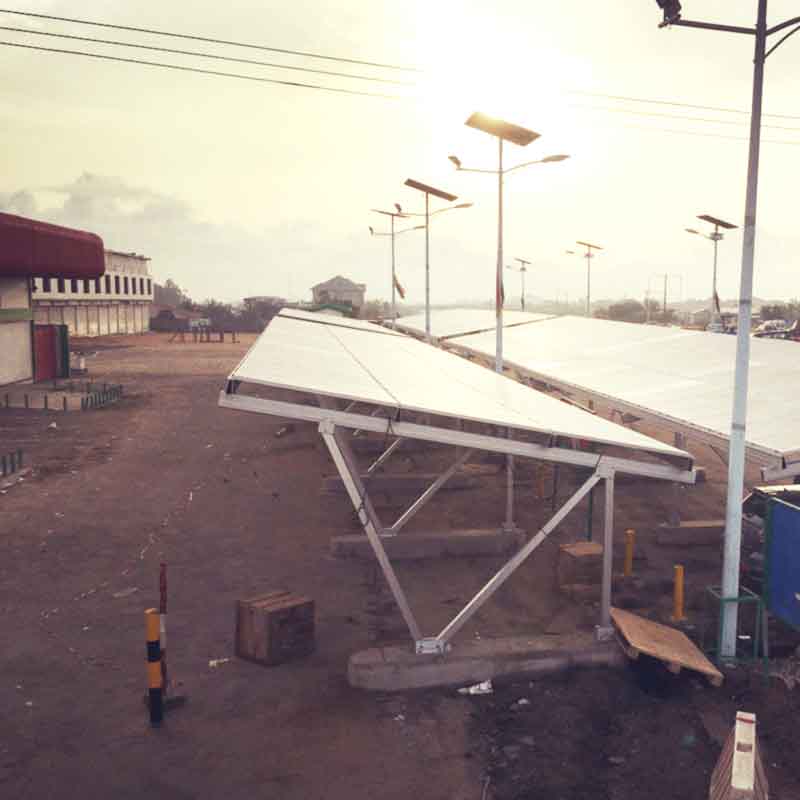How to Design a Garden with Solar Lighting
A well-designed garden should not only be beautiful during the day but also inviting and functional at night. Solar lighting is an excellent way to illuminate your outdoor space while being energy-efficient and environmentally friendly. By strategically placing solar lights, you can enhance the aesthetic appeal of your garden, improve safety, and create a warm ambiance for evening gatherings.
The first step in designing your landscape lighting is to determine which important locations require lighting. Solar lights can be used for flower beds, water features, pathways, and seating spaces. Solar LED lawn stake lights for walkways offer a safe and well-lit walking path. Solar colorful string lights can give patios or gazebos a warm, festive feel, while garden solar spot lights can draw attention to garden features like statues or ornamental plants.

The placement of solar lights should take into account their exposure to sunlight. Since solar panels need sufficient daylight to charge, position the lights in areas where they can receive at least six hours of direct sunlight. Avoid placing them under dense foliage or in shaded corners. Choosing lights with adjustable panels or separate solar panels can help optimize their efficiency even in less sunny spots.
To achieve the appropriate ambiance, take into account the lights’ color temperature and brightness as well. For seating areas and gardens with a tranquil atmosphere, warm white lights produce a gentle, welcoming glow. Cool white or bright LED lights are good for driveway illumination and security. Another practical way to increase safety without wasting energy is with motion sensor lights.
SLD, Solar Lights Do, specializes in manufacturing and selling high-quality solar lights. We offer a wide range of efficient and durable solar lighting solutions designed for outdoor use. Whether you're looking to enhance your garden’s aesthetics or improve nighttime visibility, our products provide reliable and sustainable lighting. If you're interested, please visit us at www.solarlightsdo.com.

